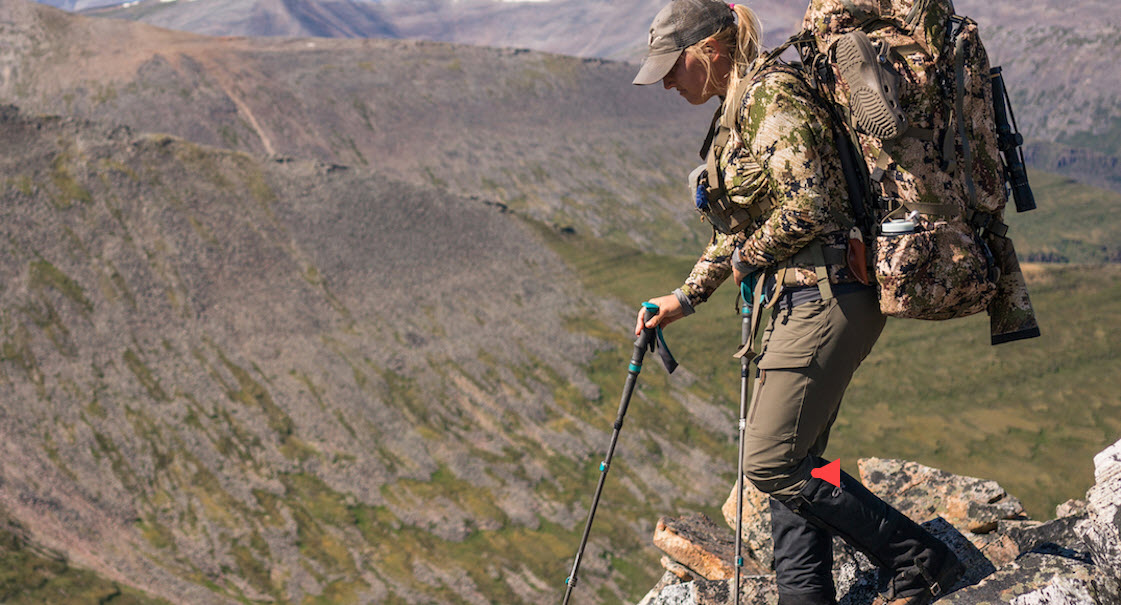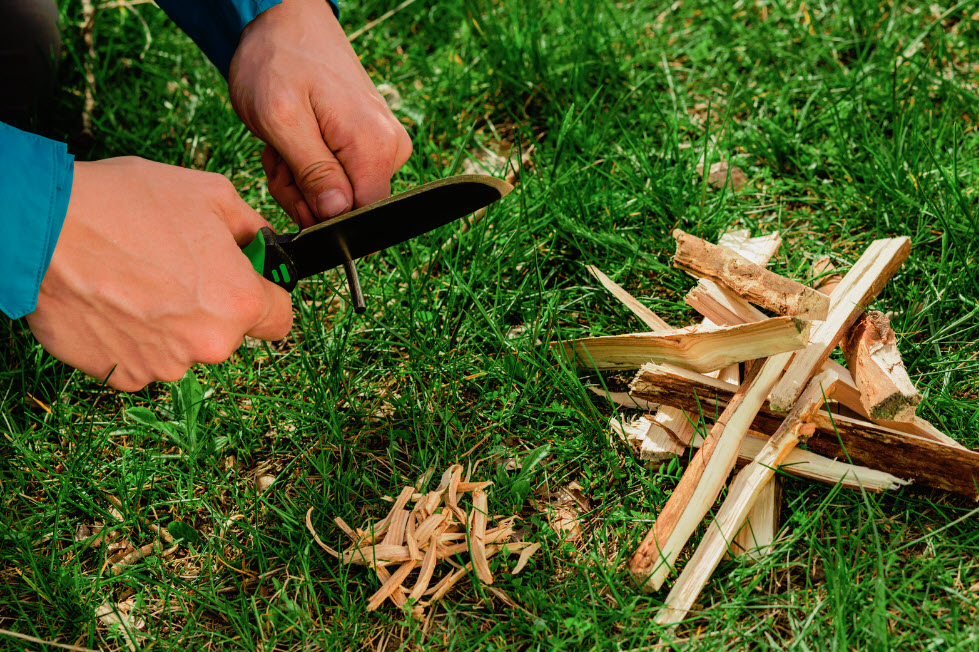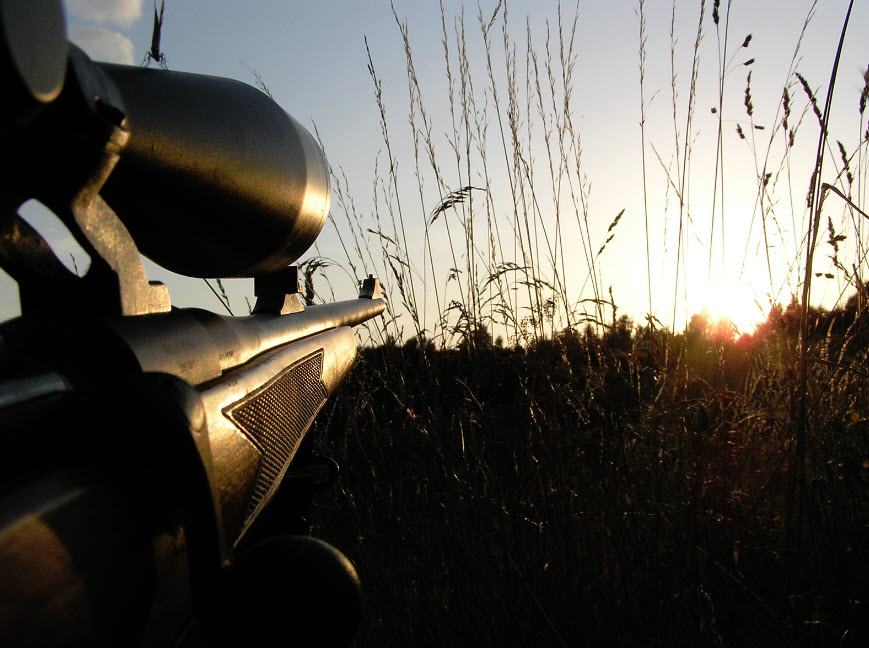
Page Contents
How should ladies choose a hunting backpack?
Women have different tastes than men in hunting backpacks (and other million things), but it’s not only the aesthetics that make women like other kinds of packs than men. Women are smaller and lighter than men, so the best hunting backpacks for women should be more lightweight and with smaller frames.
Women’s body shape is different, and most women have more strength in hips than in shoulders (unless they train handball). All in all, backpacks for women differ from those for men, and hunting backpacks make no exception.
Why backpacks for women differ from models for men?
There are several reasons for which hunting backpacks for ladies differ from models for men, and we’ll give you the most critical factors:
Women have narrower shoulders
Most of the time, men have broader shoulders than women, so backpacks made especially for women will have narrower shoulders.
Many features on a backpack make it comfortable, and they all work together for effortless carry. For instance, if the shoulder straps’ width isn’t suitable for a women’s body, finding the proper balance will be more challenging to obtain.
Women’s torsos are shorter
An important difference between a man and a woman’s body is that most women have shorter torsos than men. Therefore, they need backpacks with smaller lengths from the shoulder to the hip area.
Most prestigious backpack manufacturers nowadays make packs with an adjustable frame, which allows the user to set the frame height accordingly to his/her needs. However, it’s still important to check the frame height of the backpack to ensure it will fit you properly.
Hip belts are different
Women have hips (is it a course or is it a blessing?), so the backpacks will sit differently on women than men.
The backpacks’ purpose is to take the pressure away from the shoulders and take it to the hips; the proper hip belt will make the difference for your comfort when carrying the backpack.
Women’s center of gravity sits lower
Since women have a lower center of gravity, manufacturers pay attention to this detail when conceiving backpacks for women. These backpacks will spread the load more efficiently, which improves the comfort of the wearer.
Do women need specific backpacks or not?
It’s not an easy answer, but we know that women need smaller backpacks for hunting or outdoor activities. It doesn’t mean that all packs will work the same for women as they work for men, either. Just like women’s bodies differ from men’s, every woman’s body differs from other women.
How should women select hunting backpacks?
First of all, you should take your time when picking a hunting backpack, no matter if you’re a woman or a man. There are myriads of options, so don’t rush into it. Also, even if many factors make a backpack reliable and comfortable for hunting, it’s still a matter of personal choice (and budget) at the end of the day.
Men can also wear women’s backpacks, but only if they’re comfortable. All bodies are various, and you should choose the pack that feels most comfortable for your body.
Even if some women may check the backpack’s appearance first, some other aspects count for the pack’s comfort and reliability for the hunting. Stay with us for the details:
Adjustability
Women should look for backpacks with several securing clips, which allows the pack to adjust more to women’s center of gravity.
With body shape being so different in women from men, they should avoid the wide backpacks. Most women will look for a light bag with numerous pockets, as they have more personal items and essentials to take when hunting. We’re not talking about lipstick or things like that (even though it’s not impossible); we mean toiletries and similar.
Most of the hunting backpacks aren’t made especially for female hunters, and only some come with torso adjustments, similar to camping and hiking backpacks. Many female hunters will end up using an ill-fitting pack for that reason.
Proper size
The backpack should fit a women’s body shape and torso length to reduce the risk of shoulder fatigue, hip pain, or back pain.
Backpack sizes are measured in cubic inches and give you the space you can use for stowing your gear. You should use the backpack for its specific purpose; for example, you should get a pack under 2,800 cu in for day hunts and look for a model ranging from 2,800 cubic inches to 4,000 for a multi-day hunting experience. If you’re experienced enough to try a week-long hunting trip, you should look for a backpack-sized from 4,500 to 7,000 cu in.
Truth be told, no backpack can serve you for all sorts of hunts, so you need to buy at least two types of packs for your hunts. If you like shorter hunts, a smaller fanny pack or a daypack will do most of the time. For treestand hunting and scouting, you should pick a day pack. Sometimes, even a multi-day backpack can work if some of the pockets can be removed or stowed inside.
However, if you intend to hunt backcountry for a big game and scout all day and even spend the night, a larger backpack is the most appropriate choice. Look for a pack with a frame if you also want to pack your game.
Torso size- measure it right
Backpacks with adjustable torsos are ideal not only for women but for men too. Packs of this sort will fit various shapes and sizes of men/women’s physiques.
Petite women typically have a hard time trying to find a properly fitted backpack. Not many manufacturers will design hunting backpacks with adjustable torsos for women. Packs for hiking and camping with flexible torsos for women are available, but there aren’t many hunting options.
Look for a measuring tape and another person to help you to measure the torso. Your friend should measure the distance from the C7 vertebrae to the iliac shelf. The C7 vertebra is the small bump you can feel at the base of your neck. Once you know your torso length, you may anticipate how a backpack will fit you. If you don’t have the specification of torso length for your choice’s pack, you can always measure the distance between the shoulder strap and the bottom of the hip belt.
Other features for hunting
Look for a backpack ready to take all sorts of hunting conditions such as rain, mud, thick brush, briars, slopes, slides down creek banks, or hanging from a hook in the tree stand. Materials that are rugged and able to resist water, burr, and tear make the most reliable backpack options.
You should also check the compression straps, zippers, and fasteners. You want zippers that come with waterproof covers, long pulls; they should be self-healing and silent when running. Velcro doesn’t make a good feature for a hunting backpack; it should be minimal on your hunting backpack. You should only have it for securing a pouch but not for accessing the pocket.
Water bladder and port also feature that backpack hunters appreciate because dehydration is an important matter. Experienced hunters will tell you that it’s tough to focus on the shot if you haven’t had any water in hours.
Some hunters like to get backpacks with rifle/bow holders, which solves the safe carry of your rifle/bow. You may be tempted to skip such feature, but you will appreciate having free stands when climbing or descending, especially if you’re also using climbing sticks.
How should women adjust the fit?
A good backpack for hunting will come with effective suspension that allows various adjustments. The more adjustments you can make on the pack, the higher the chance to obtain the best fit and comfort, no matter how heavy your load is.
Hip belt
Most daypack and multi-day backpacks for hunting come with padded hip belts. Most dependable backpacks will come with adjustable hip belts for superior fit and comfort. The hip belt is made to allow rest on top of the hipbones, one inch above the iliac shelf. A good hip belt will let you secure it and adjust it, leaving one inch of room between the pad and your body. It shouldn’t fall below your hip bones, and it shouldn’t hold the weight of your back snugly above the hip bones. A good backpack will let you carry 65% of the weight on the hips.
Shoulder straps
Once you adjust the shoulder straps (padded), they should contour the shoulder without creating gaps. Keep in mind that shoulder straps aren’t made for load-bearing but support. When your shoulders hurt, it’s probably because you’re carrying the weight on your shoulders and not on your hips and legs. It’s always the hip belt that should ensure adjustments for taking most of the weight.
Sternum strap
The sternum strap is made to prevent the shoulder straps from falling to the shoulder’s outer part. You need to adjust it to be snug but not too tight. You don’t want the sternum strap to pull the shoulder straps into your neck. This strap has to be loose enough to permit the shoulder straps to rest in the arm and armpit area.
Many hunters, incredibly inexperienced backpack hunters, will skip adjusting the sternum strap, but the strap is also essential for comfort and fit.
Loading straps
Loading straps are standard for larger backpacks and serve for adjusting the weight and angle of the load; you can adjust the load strap o a 45-degree angle.
The majority of backpacks with external frames will come with load straps and several adjustments to carry large, heavy loads that typically are difficult to balance when hunting.
One last piece of advice
At the end of the day, you get to decide which style and features your backpack for hunting should have. You can look for a pack with numerous pockets, tie straps, compression straps, interior organizers, mesh pouches, water bladder, and so on- you may discover in time that it’s not practical to have too many pockets when hunting either.
The type of hunting will also be crucial when selecting which gear you pack and which pack is best. After all, you may realize that you can perfectly hunt with a day pack with one main compartment and pockets on the sides and not the multi-day model.
Photo by Adam Foss.








